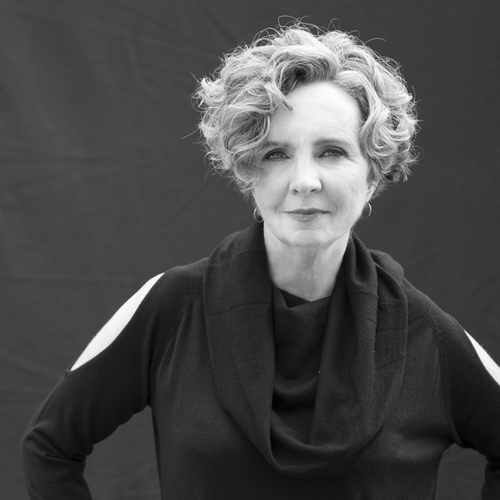SYBYLLA SMITH
2018
About the Fellow
J. Sybylla Smith is an independent curator, educator and consultant who has featured over 110 international artists in 27 exhibitions over the past 8 years. Her exhibits have been held in various traditional and non-traditional settings including a free-standing Boston-based gallery, a satellite gallery with the Griffin Museum of Photography and Digital Silver Imaging, Harvard University Ed Portal and Photoville in Brooklyn, NY. Two exhibits traveled to South America and Mexico. Smith is the creator and teacher of Concept Aware®, a concept development framework for artists of all mediums using contemporary photography. She is pending publication and holds workshops across the United States. As an editor and author, she writes for publications on photography, art and fashion. Smith is an adjunct professor, guest lecturer and thesis advisor. She has worked with The School of Visual Arts NYC, Harvard University, Wellesley University, Emerson College, School of the Museum of Fine Arts at Tufts and Emmanuel College. As a visiting lecturer Smith presents on women in the arts, gender parity and creative practice. She consults with individual artists, arts organizations and educational institutions to develop exhibitions, educational programming and to provide subsequent written material. www.jsybyllasmith.com
Header image: Sybylla Smith in CCA Christensen Cabin
About the Work
As Guest Editor for the first Women’s Issue of ZEKE: The Magazine of Global Documentary I was given a platform to compile visual narratives by women from around the world. Over 200 exhibits were submitted and culled for image quality and content. I worked with a talented all-women jury of international editors, photographers and academics to select the top 4 visual stories. The first-prize entry is the feature article, Vital Signs: Climate Change in Antarctic Waters. My responsibilities as Guest Editor included discovering the predominant subjects from our vast amount of entries. Sexual violence was the most prevalent theme, followed by multiple examples of women’s economic contributions to the stability and growth of nations across the globe. The magazine features two articles on these subjects, accompanied by an array of female photographers. I sourced a diverse ethnic and geographic team of women to write the accompanying articles and reviewed 6 books by women documentary photographers. Lastly, I wrote an article on women, photojournalism and gender disparity, Through A Woman’s Lens. It would not be an understatement to say we have been shown half the picture. Women began making photographs at the same time as men, when photography was invented in the mid-19th century. This is markedly different from other fine arts such as sculpture, drawing and painting, which were not equally pursued by women from their inception.
J. Sybylla Smith


